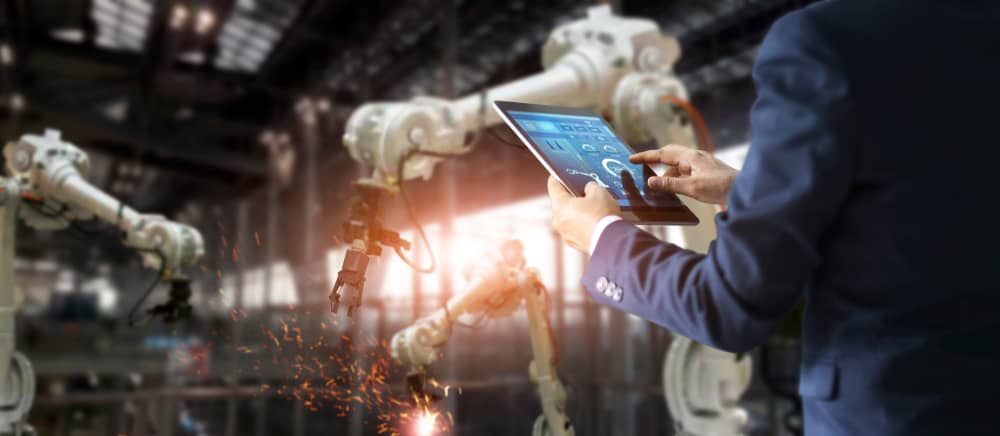
Automating manufacturing plants provides many advantages, from speed and productivity to efficiency and quality. While some may argue the necessity of this innovation, there is no question regarding the significant benefits compared to a purely manual process. However, transforming manual actions into automated ones often invites concerns regarding the role of humans in manufacturing industries.
Today’s automation, however, may depend on humans as much as efficient manufacturing depends on automation. In many cases, the human element is key to successfully utilizing of automated processes.
What Does Automation Look Like in Manufacturing Plants?
Automation is perceived routinely as an alternative to humans in the workforce. However, recent trends and data from the World Economic Forum predict a net increase of 12 million jobs in the market by 2025. These findings indicate that although redundant and repetitive tasks are automated, new roles emerge for humans. Take the welding industry, for example.
Orbital welding and robots/cobots represent the standard form of automation in welding, allowing, for instance, weld heads to move around stationary pipes or tubes to fuse the workpiece based on preset parameters. The weld head automatically travels with the help of a mounting track, and the programmable power supply system controls parameters such as voltage and amperage. Still, extensive human input is required to automate this orbital welding process. The steps include:
- Setting up and calibrating the automated orbital welding machine.
- Optimizing the weld parameters.
- Remote monitoring of the welding process.
- Inspecting the final output.
Similarly, with cobots, extensive human collaboration is required when welding. While the robots handle the repetitive tasks at a higher speed than manual welders, operators can complete more sophisticated tasks.
The Future of Human-Automation Collaboration
Whether automation in your manufacturing plant is fixed or has a flexible or programmable system, human expertise and judgment are always essential. This may cause you to question: What is the need for automating manufacturing plants in the first place?
With automation, manufacturers can achieve increases in speed, accuracy, and precision that would be unavailable otherwise. In addition, automation can eliminate many forms of human error. However, a slight change in specification can cause automation mistakes and decrease productivity. Fortunately, by leveraging the advantages of human-automation collaboration, manufacturers can prevent potential oversights, preserve costly equipment, and protect operator safety.
Automation is also crucial to industries on the path to Manufacturing 4.0.
Integrating IoT (Internet of Things), big data, and AI (Artificial Intelligence) can play an important role in advancing human-automation interaction.
- The various advantages of IoT, such as data capture and cloud storage, improve the industrial process by enhancing communication and data analysis efficiency.
- To reduce production downtime, offline programming software can be used to remotely program and simulate the movements of robotic arms while the current system operates on the production floor.
- Precisely programmed automation makes it easier to implement delicate tasks that require a high level of precision.
- The ability to monitor tasks remotely helps operators detect discrepancies and identify the nature of the defect.
Automating Manufacturing Plants for Improved Results
Automation has not only become a benefit for industries because of its ability to improve productivity but also because it is handy in areas with skilled labor shortages. By taking on risky, laborious, and repetitive tasks, automation allows operators to focus on tasks that require critical thinking and judgment.
In industries like welding, automation keeps operators safe from hazardous fumes and risky operations like overhead welding, allowing them to focus on other tasks, such as programming robotic arms, monitoring the weld, and performing visual inspections. Ultimately, successful strategies for automating manufacturing plants can create more advantages for operators.
Arc Machines, Inc. is a leading provider of automated welding technologies. Automating manufacturing plants with AMI weld heads and power supplies while leveraging operator expertise can allow you to achieve new levels of efficiency and productivity. To learn more, contact AMI or sales@arcmachines.com. For service inquiries, contact service@arcmachines.com.




